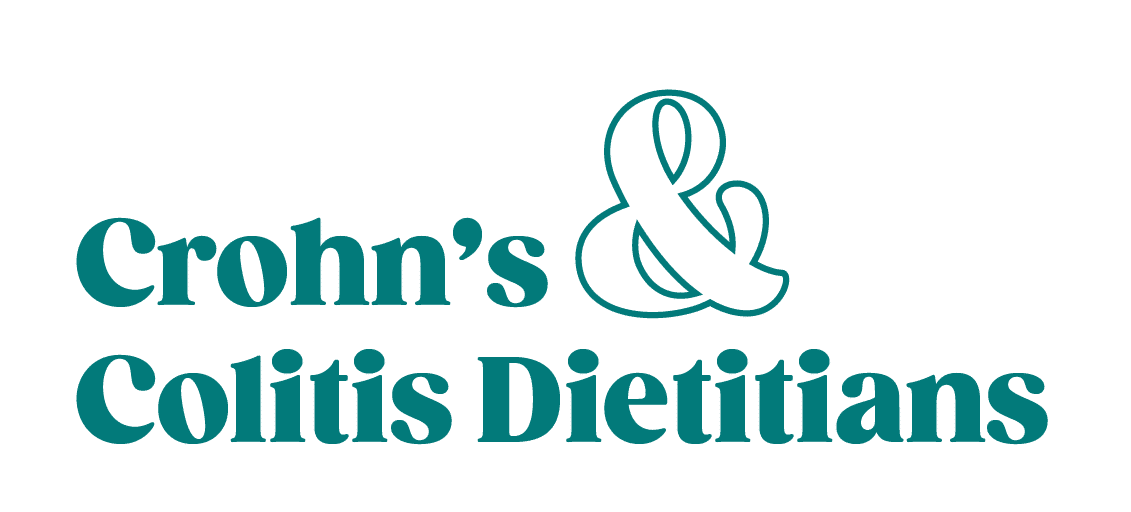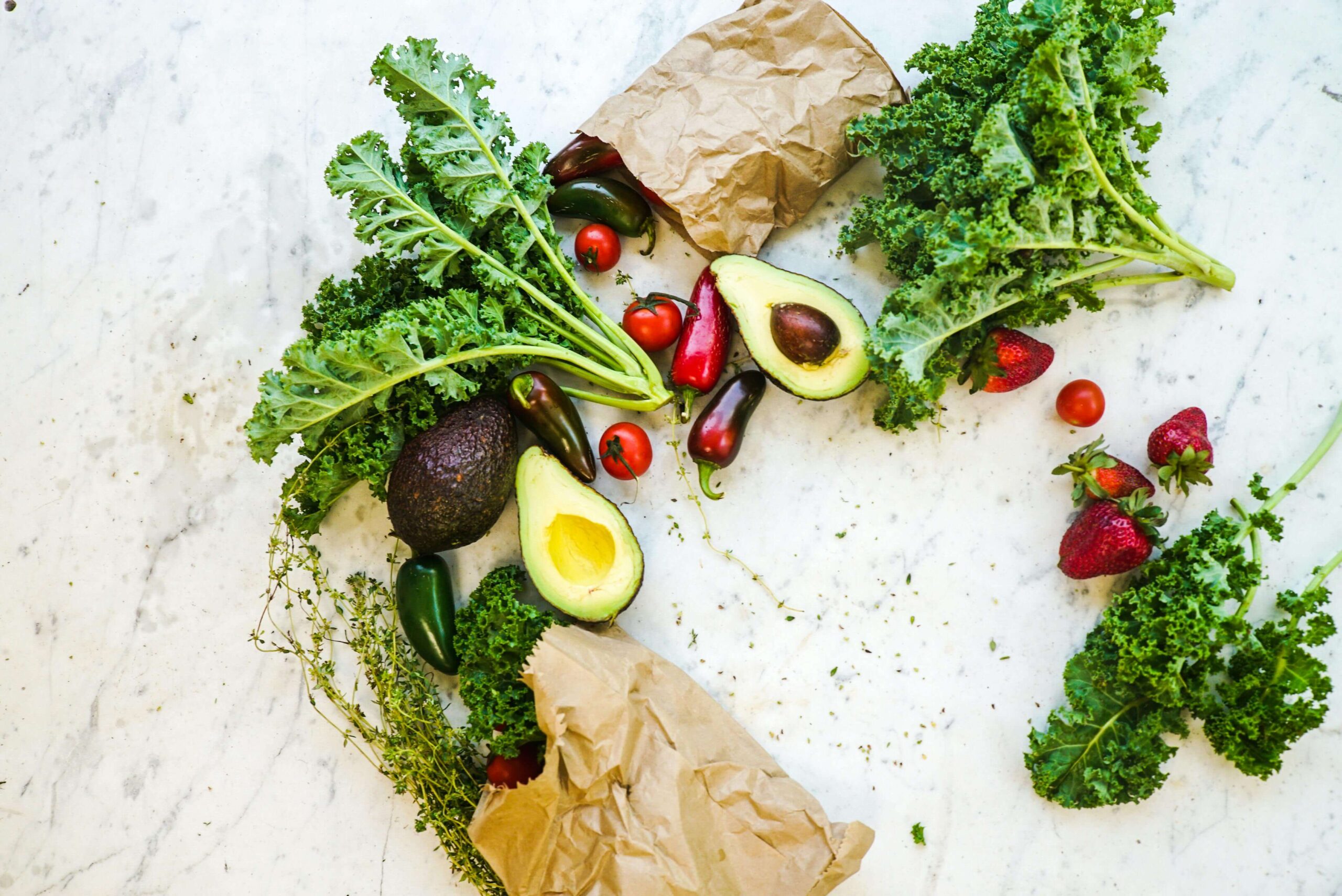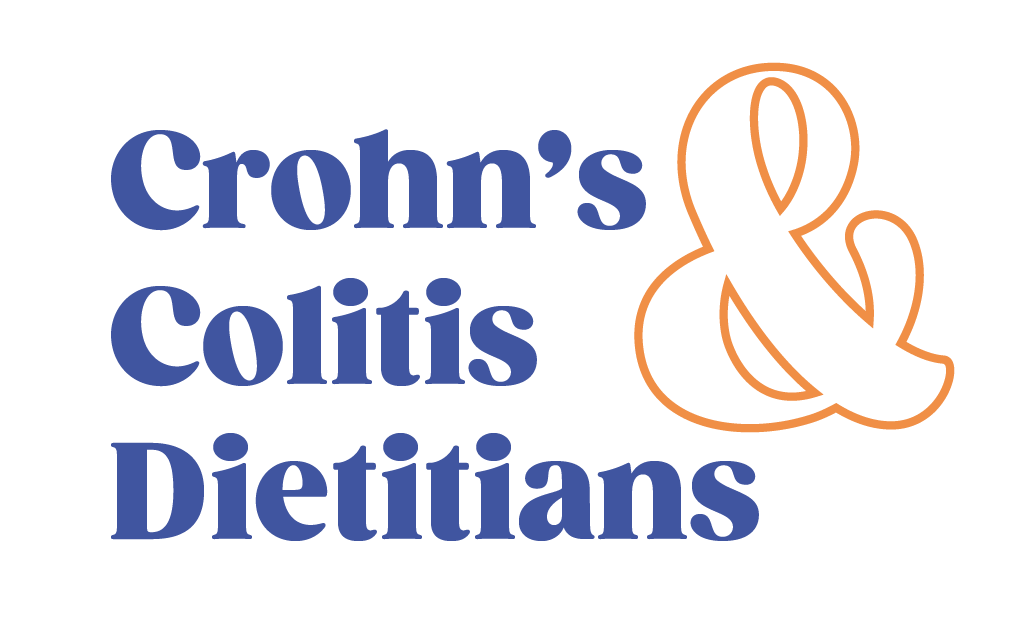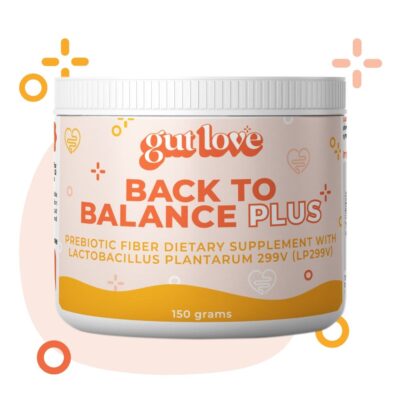Maintaining a balanced diet is crucial for overall health and well-being. Fiber is an essential component of a healthy diet, providing numerous benefits such as promoting digestive health, regulating bowel movements, lowering cholesterol levels, and controlling blood sugar levels.
When it comes to gut health, fiber also helps our gut bacteria produce more short chain fatty acids (SCFA’s) which help with reducing inflammation and repairing the gut lining. As you could imagine, this is important when it comes to IBD.
When we consume fiber, our gut bacteria ferment the foods we eat in the process of creating SCFA’s which can also create gas and symptoms. Mild symptoms and gas are harmless and more of a sign that your gut bugs are healthy.
However, the amount of symptoms present can also become too uncomfortable at times especially for those with sensitive guts like those with IBD. Consuming excessive amounts of fiber too quickly can lead to uncomfortable symptoms such as bloating, gas, abdominal cramps, and diarrhea.
In this guide, we aim to help you navigate the delicate balance of incorporating adequate fiber while avoiding potential discomfort. By understanding the different types of fiber, identifying food sources, and adopting practical tips, you’ll learn how to alleviate symptoms associated with excessive fiber intake effectively. Our goal is to empower you with the knowledge to make informed dietary choices and maintain a healthy, balanced, and symptom-free diet.
How to Relieve Symptoms of Too Much Fiber
A key component of a healthy diet, fiber plays a vital role in supporting digestive health, regulating bowel movements, and maintaining overall well-being. However, consuming excessive amounts of fiber too quickly can lead to uncomfortable symptoms that may adversely affect your daily life.
In our practice we have come up with a phrase we use often when it comes to fiber. We often advise our patients to “go low and slow”. This helps your gut adapt slowly and is less likely to cause symptoms too.
Similiar to the time and consistency it takes at the gym to build a muscle, your gut microbiome also takes time, consistency and slowly building up. Yes, believe it or not you can actually build up tolerance to fiber and gut friendly foods.
Fiber training and diet expansion is one of the things we help our patients with to build tolerance, reduce trigger foods and ultimately reduce their risk of flare ups and inflammation! From a nutrition perspective, it is the key to success when it comes to helping people reduce the chance of getting caught in a cycle of flares.
This comprehensive post aims to provide you with an in-depth understanding of fiber and its functions in the body.
By gaining a deeper knowledge of fiber, you will be better equipped to recognize the signs and symptoms of going to fast with it or including too much at once.
In this post, we’ll guide you through the types of fiber, recommended daily intake, potential health benefits, and drawbacks of consuming excessive amounts.
Furthermore, we’ll delve into the common symptoms associated with high-fiber intake, such as bloating, gas, abdominal pain, and constipation.
Lastly, we’ll provide practical tips on how to manage and alleviate these symptoms by making informed dietary choices and adopting simple lifestyle modifications. With our detailed guide, you’ll be able to strike the perfect balance in your fiber intake and maintain optimal health without any unnecessary discomfort.
What Is Fiber & How Much Fiber Should You Have A Day
Dietary fiber, often referred to simply as “fiber,” is a type of carbohydrate found in plant-based foods that the body cannot digest. It plays a crucial role in maintaining healthy digestion, promoting regular bowel movements, and contributing to overall well-being. There are two primary types of fiber: soluble and insoluble.
- Soluble fiber dissolves in water, forming a gel-like substance that aids in lowering cholesterol levels, stabilizing blood sugar, and promoting feelings of fullness. Sources of soluble fiber include oats, beans, legumes, and fruits like apples and citrus.
- Insoluble fiber does not dissolve in water, helping to add bulk to stools and promote bowel regularity. Whole grains, wheat bran, nuts, and many vegetables are rich sources of insoluble fiber.
Have you ever wondered how much daily fiber intake do we actually need? The recommended daily intake of fiber varies according to age and gender. Generally, adult men should aim for at least 38 grams of fiber per day, while adult women should consume a minimum of 25 grams per day.
Children require less fiber, with recommendations ranging from 14 to 31 grams per day, depending on age and gender. However, individual needs may differ, so it’s essential to consult a healthcare professional or registered dietitian for personalized advice.
How Much Fiber Is Too Much Fiber
Consuming too much fiber to fast can be problematic if you aren’t drinking enough water to help it move through appropriately. So be sure to “go low and slow” and ease into it!
Most people don’t get enough fiber overall. Especially those with IBD! So unless you are eating multiple servings of high fiber foods like lentils, you don’t have to stress over going too high on fiber. Just focus on slowly introducing it.
Eating a high-fiber diet exceeding your body’s tolerable limit can result in several uncomfortable symptoms.
These may include bloating, abdominal pain, gas, constipation, diarrhea, and reduced nutrient absorption. Gradually increasing your fiber intake and drinking adequate fluids can help minimize these side effects, allowing your body to adjust to the higher fiber intake over time.
To find the optimal amount of fiber for your specific needs, it’s crucial to listen to your body and monitor your symptoms. Consulting with a healthcare professional or registered dietitian can provide personalized guidance on how to incorporate the appropriate amount of fiber into your diet while avoiding potential discomfort or health issues.
What Happens If You Eat Too Much Fiber
While fiber in itself isn’t necessarily the problem, eating too much fiber too quickly or not consuming enough water with increased fiber can lead to symptoms.
Constipation or Diarrhea
With a sudden increase of fiber and lack of fluid change, it’s common to experience some abdominal pain and constipation since there isn’t enough fluid to move dense fibers through.
If you are someone that also has stictures present, you may need to work with a dietitian to figure out modifications with fiber to help prevent an obstruction.
However, you may also see diarrhea present when there is a higher amount of fiber present than you are used to. This can lead to your gut cells increasing peristalsis and moving the fiber through very quickly, resulting in diarrhea.
Bloating and Abdominal Pain
Bloating and abdominal pain are common when you increase fiber too quickly. In addition, bloating can occur when there is constipation present, leading to a feeling of fullness and or having visible distension of the belly.
Another reason for bloating and abdominal pain with a sudden increase in fiber is that as fiber ferments in the gut, it can create gasses that result in a physical feeling of fullness as well. Some people describe bloating as their stomach sticking out or feeling “3 months pregnant”.
How to Relieve Symptoms of Too Much Fiber When You Have Crohn’s or Colitis
If you feel that you might have had too much fiber too quickly with Crohn’s or Colitis, know that it will pass and there are things you can do to reduce your symptoms. Going “low and slow” with fiber introduction is key to reducing symptoms overall, but here are some other specific tips.
Constipation and Diarrhea
To prevent constipation with fiber, make sure that you are drinking adequate fluids to help move fibers through. If you have been slowly introducing fiber and are drinking enough overall but still constipated, reach out to your dietitian to dig deeper.
Sometimes nutrients like magnesium which helps your muscles relax (including your gut muscle) can be low and might be driving constipation.
If you are dealing with more diarrhea symptoms, we usually encourage our patients to start with more soluble fibers that absorb water and slow down transit time a bit.
Bloating and Abdominal pain
The easiest way to ease bloating and abdominal pain related to fast fiber increases is to slow down on the fiber. But once it’s already happening, herbs like cardamon, chamomile and ginger can be helpful in reducing gases and bloating.
Laying on your left side, yoga moves like childs pose, going on a walk and soaking in a hot bath are other non-food ways you can address bloating and abdominal pain that are actually effective too!
Our Favorite Tool We Use
Our Top Tool for Constipation, Diarrhea, Bloating and abdominal pain is a product we created called Back to Balance Plus. Back to balance plus helps with slowly increasing fiber.
Plus it’s 100% soluble in water and easy to use. It contains only two ingredients – sunfiber and lactobacillus plantarum 299v which have evidence to show that they help with reducing diarrhea, constipation, bloating and abdominal pain at 4-6 weeks of use. The research is listed on the website.
We have recently been selling out of it faster than anticipated, so if it’s not available, get on the wait list to grab one.
Important Takeaways
If you are curious about myths and truths about fiber and IBD, check out our most popular fiber blog, Fiber and IBD.
Be sure to not increase fiber intake too quickly. Adopt our motto “low and slow”.
Your digestive system loves fiber and your gut bacteria consume fiber rich foods and reward us with short chain fatty acids (SCFA’s) that have many benefits including inflammation reduction.
Another added benefit to getting the recommended 30 grams of fiber per day in the diet is that it reduces the risk of colon cancer.
Remember that all fiber is different!
In this article we discussed soluble and insoluble fibers, but there are many other considerations and qualities of fibers to be considered when it comes to using fibers to help our patients reduce symptoms.
For example, in our practice we often use lots of soluble fibers that can soak up excess water in our patients that have diarrhea. These fibers also form a gel like substance that also has benefits to the digestive tract.
If you are someone with IBD, it’s very likely that you may benefit from an increase in your fiber intake as those of us with IBD tend to be too low in fiber and often low in fruits and vegetables. However, you might need help tolerating fiber or knowing how to use it in a way that can help you decrease your symptoms. Consider working with an IBD dietitian that can help you with this – like us!
Remember, you don’t need a high fiber diet to reap the benefits. Just getting up to the recommended 30 grams of fiber can be beneficial for people. It will likely also increase the amount of diverse plant foods in the diet which we know is incredibly beneficial for gut health.
Other resources you’ll love:
Irritable bowel syndrome IBS vs IBD
https://crohnsandcolitisdietitians.com/is-ibs-and-ibd-the-same/






0 Comments